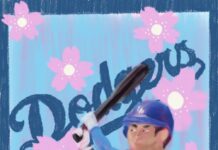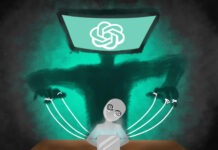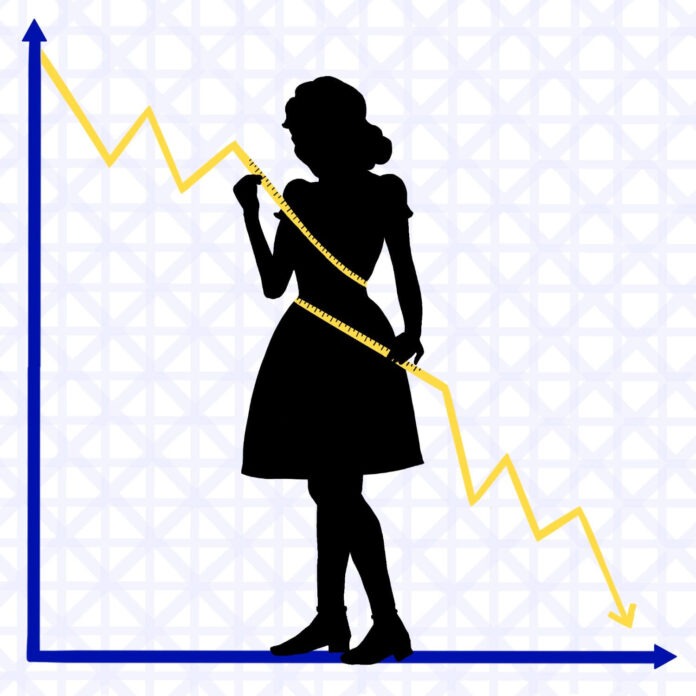Over the last few months, videos have filled my phone screen, declaring everything from “quiet luxury” to “the rise of skinny culture” as recession indicators. Lipstick sales? Recession indicator. Conservative wardrobes? Recession indicator. Suddenly, the internet is full of amateur economists diagnosing the entire financial system through trending aesthetics.
But the obsession with spotting the next downturn through fashion or lifestyle trends isn’t new; it’s just gone viral. Alan Greenspan, the former chair of the Federal Reserve, once proposed men’s underwear sales as a gauge of economic health. Before that, the “Hemline Index” claimed that women’s skirts got longer when the economy soured. What’s different now is that the line between economic anxiety and cultural identity has blurred beyond recognition.
When people on TikTok talk about recession indicators, they aren’t just joking about fashion; they’re expressing fear. Fear that the economy is about to tank again, fear that the things that once symbolized abundance and freedom are becoming markers of excess. This becomes a self-fulfilling prophecy: when enough people believe a recession is coming, they start saving instead of spending and voilà, it happens.
Our culture’s reaction to the potential for a recession fuels this conservative culture, rather than an actual recession itself. The weirdest part is how that fear shows up in what we wear. I have noticed a creeping conservatism in fashion, characterized by muted colors, “clean girl” minimalism and the return of ultra-thin silhouettes. Fast-fashion brands are ditching bodycon dresses for beige blazers and gray trousers. The fashion industry, which once felt expressive and diverse, now feels safe. Controlled. Corporate. Even street style has become subdued, as if individuality itself feels like a financial risk.
That’s because fashion, like the economy, mirrors how we feel. When uncertainty rules, restraint becomes the trend. We call it “quiet luxury,” but it’s really just austerity dressed up in cashmere.
Some might say I’m reading too much into a color palette, but I can’t help seeing the bigger picture. The rise of trad-wife content points to a cultural longing for stability, one that often leans backward, toward older, more conservative ideals. We call it “style,” but it is also about who gets to belong in a world that feels like it is shrinking.
The rise of the idea of “quiet luxury” doesn’t just limit itself to fashion; it actually ties into a larger pattern of how consumers adjust their spending in uncertain times. In economics, this concept is the “lipstick effect.” It says that during a recession or an economic slowdown, people stop buying big luxury items like cars or designer bags, but they do not stop spending altogether. Instead, they shift into purchasing smaller luxuries or emotional purchases. They buy tiny treats that make them feel good, without feeling reckless. It’s just indulgent enough to feel like a luxury, but not so expensive that it triggers guilt. And when people feel financially anxious, they downsize their luxuries, not their desire for comfort. It is ultimately a micro-reflection of how we cope with money stress — and maybe a reminder that even fear sells.
Of course, not every TikTok theory deserves an economic think piece. Vogue recently dismissed most of these “recession indicators” as normal trend cycles. Maybe they’re right. Maybe skinny jeans coming back means nothing at all. Maybe it is just nostalgia — a pendulum swing that happens every decade or so. After all, fashion is cyclical by design. To some, reading too much into hemlines and handbag sales turns culture into pseudoscience.
However, in recent news, Trump’s Treasury Secretary declared that some sectors of the economy are already entering recession. It is difficult to predict what this will look like in the long term, or if this economic stint will even last. Measuring and predicting when an economic recession will occur is a challenging task, as it often isn’t realized until it is already underway. What is certain is that these “recession indicators” are in no way, shape or form forecasters of recession.
But even if these aesthetic shifts don’t directly cause economic change, they still reveal something about us. They show how collective fear seeps into everyday life, down to the clothes we wear and the language we use to describe them. That’s why this matters: if our aesthetics reflect our anxieties, then ignoring them means ignoring how we process instability itself. Fashion becomes a kind of emotional data — one that economists can’t quantify but everyone can feel.
I love hyper-analyzing social media trends and placing them within our broader socio-political context. So, when I scroll past yet another video claiming that the horrors of the current job market are a recession indicator or watch another trad wife influencer extol the virtues of “feminine discipline,” I see the cultural version of a market correction — a collective tightening of belts, both literal and figurative.
Maybe the real recession indicator isn’t skirt length or lipstick sales. Maybe it’s how many of us have started living like the crash is already here — saving instead of spending, retreating instead of expressing, dressing for the job market instead of the joy of it. Maybe the biggest signal isn’t economic at all, but emotional: a quiet luxury of fear.
Contact Samhita Krishnan at krishnan@oxy.edu
![]()



































